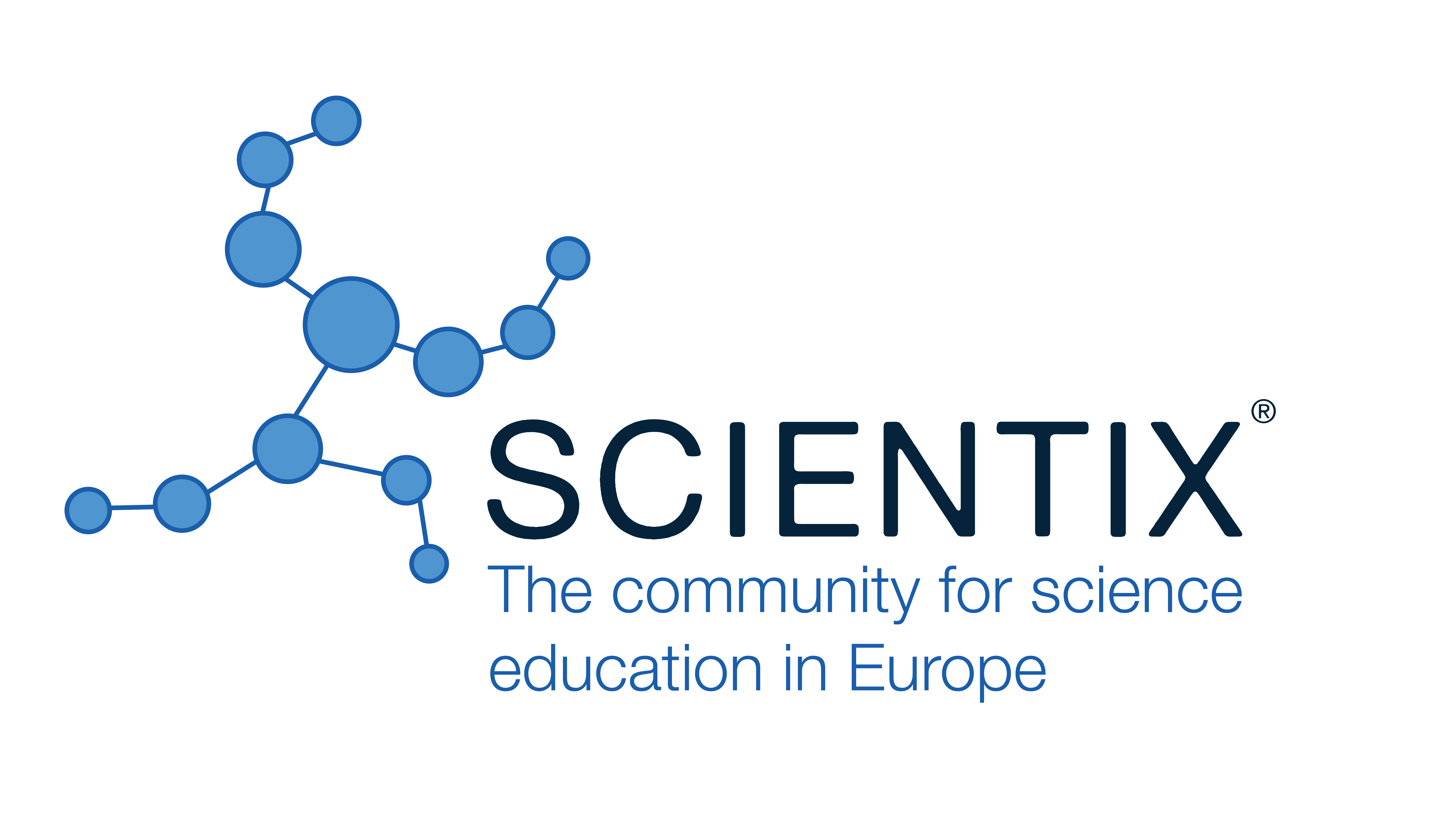Evaluating the Accessibility of Online Informational Texts to Support Elementary School Students’ Content Knowledge Development in History/Social Sciences and Science
Shelley Xu, California State University, Long Beach (United States)
Abstract
Online informational texts (OITs) are valueable resources for content learning. Some examples of OITs in history/social sciences and science for elementary school students in1st-5th grades are Branches of U.S. Government (https://www.usa.gov/branches-of-government), and The Water Cycle (https://gpm.nasa.gov/education/water-cycle). Various studies have highlighted the benefits of engaging elementary school students in reading OITs for developing their content knowledge [1]. Students’ comprehension of OITs in various subjects contributes to their academic success [2]. Much research has identified the differences between reading print texts and reading online texts [3], and focused on strategies for comprehending OITs [4]. However, little is known about the accessibility of OITs in history/social sciences and science that would affect students’ comprehension of these texts. This exploratory study aims to identify areas that are related to OITs’ accessibility. The researcher conducted a content analysis [5] of 100 OITs, which were identified based on content specified in the state standards for history/social science and for science. Twenty OITs were for each grade level; 10 focused on history/social sciences and 10 were related to science. After multiple readings of each OIT, the researcher identified three main areas that affected accessibility: language, content, and text layout. The language area includes types and levels of academic vocabulary, varied sentence structures (e.g., complex sentences vs. simple sentences), and varied text structures (e.g., a combination of various structures, such as sequencing, description, and problem-solution). The content area focuses on the degree of content familiarity to students (e.g., having adequate prior knowledge vs. reading completely new content). The text layout area is related to how an OIT is presented to students (e.g., a whole text on one screen; presentation of too much information on one screen). Additionally, the interplay of these three main areas may affect accessibility. For example, the language of an OIT may be at a student’s reading level, but the amount of unfamiliar content presented on one screen can overwhelm the student, particularly when the student struggles with reading. Detailed findings, and instructional and practical implications of this study will be shared at the conference presentation.
Keywords: online informational texts, content knowledge, elementary school children, reading instruction
References:
[1] Goldman, S.R., Braasch, J.L.G., Wiley, J., Graesser, A.C., & Brodowinska, K. (2012). Comprehending and learning from internet sources: Processing patterns of better and poorer learners. Reading Research Quarterly, 47(4), 356–381.
[2] Wexler, N. (2019). The knowledge gap: The hidden cause of America’s broken education system—and how to fix. Avery.
[3] Jabr, F. (2013). The reading brain in the digital age. Scientific American, Retrieved from https://www.scientificamerican.com/article/reading-paper-screens/
[4] Ferguson, C. (2020). Adapting reading comprehension instruction to virtual learning. Retrieved from https://www.edutopia.org/article/adapting-reading-comprehension-instruction-virtual-learning/.
[5] Krippendorff, K. (2019). Content analysis: An introduction to its methodology (4th ed). Sage.
 The Future of Education
The Future of Education





























